- Saturday, April 20, 2024
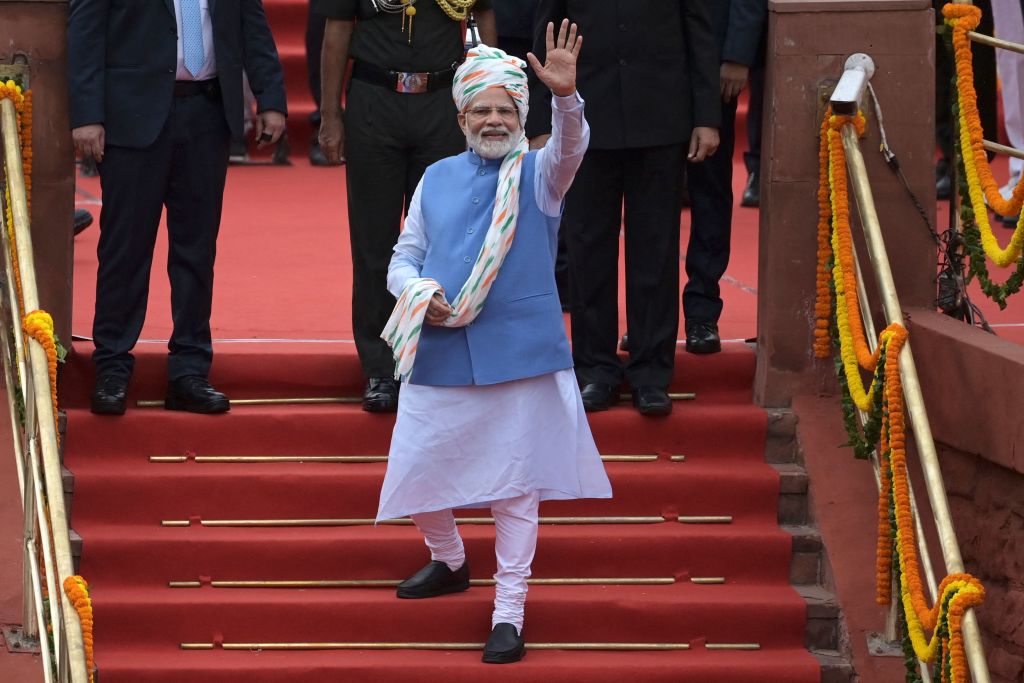
By: Prof. Dr. Prem Lal Joshi
A strategic visionary leader, thinker, and innovator since the history of Indian Independence, Indian prime minister Narendra Modi has unquestionably emerged as the most admired leader in the world from a variety of perspectives. Typically, leadership is employed as a gauge of a nation’s progress on different fronts.
A leader and his team are solely accountable for the success of their leadership. Modi has a self-organising leadership style, and his administration has implemented a number of reforms and programmes to transform India and move it closer to the contemporary world.
It is claimed that the Modi government since 2014 has made several reforms and implemented various developmental schemes, programmes, and projects and also reported considerable success. Among them are: effective management of the Covid-19 situation; ‘Atmanirbhar Bharat’ (self-reliant India); the ‘Make in India’ campaign; the ‘Swachh Bharat Mission’ (Clean India Mission), the ‘Digital India’ campaign; the transformation of the education sector; welfare schemes for low-income people and farmers; targeting a five-trillion dollar economy; women’s empowerment; focusing on a corruption-free economy; tackling security threats; revoking Article 370; peaceful resolution of the Ram temple in Ayodhya; ‘Azadi ka Amrit Mahotsav’ celebrations; etc.
Therefore, the purpose of this write-up is to offer a descriptive analysis of some of the significant accomplishments of Modi in the last eight years.
The sources of data and information used for the piece are extracted from multiple sources such as online and journal articles, information from newspapers, magazines, and government portals.
Under the skilful leadership of Modi, India has excelled in the global fight against Covid-19, and this has garnered considerable praise. India broke its previous record by administering more than 200 billion doses of the vaccine.
A free national immunisation campaign got under way in January 2021.
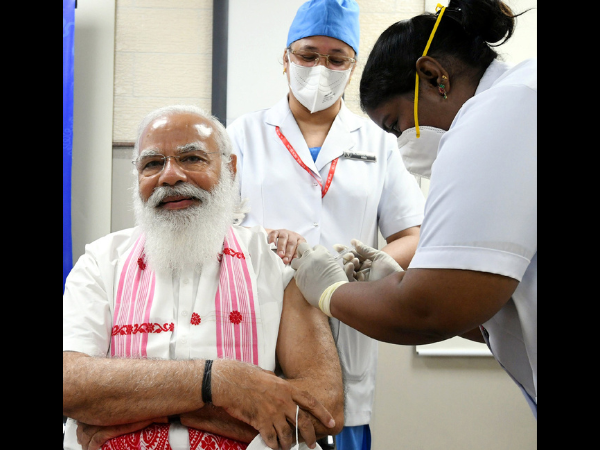
In India, four of the eight Covid-19 vaccines that are currently undergoing various stages of clinical testing were developed. Both Covishield, a vaccine developed by Oxford-Astra Zeneca; and Covaxin, a vaccine created locally by Bharat Biotech, are both known as Covis in India. Manufacturers in India claim that they can provide all of the Covid-19 immunizations that the country will need in the future.
In addition to being extraordinarily ambitious, Modi’s proposal to make vaccines mandatory for all people beginning at age 18 was also quite doable. This is a particularly strong example of political will and conviction. Covid cases in India are on the decline, and the daily positive rate is 1.37 per cent.
Significant economic reforms have been prompted by creative social programmes, and the world has seen the development of a new India in recent years, particularly after the Covid-19 outbreak. On May 12, 2020, PM Modi introduced the ‘Atmanirbhar Bharat Abhiyaan’ (Self-reliant India campaign). The goal is to make the nation and its people autonomous and self-sufficient. In order to attain the goal of ‘Atmanirbhar Bharat’, PM Modi came up with the catchphrase ‘vocal for local’ during the Covid-19 campaign. In order to tackle the Covid-19 pandemic in India, he also unveiled a unique economic plan totalling Rs 20 lakh crore (£219.4 billion), or 10 per cent of India’s gross domestic product (GDP).
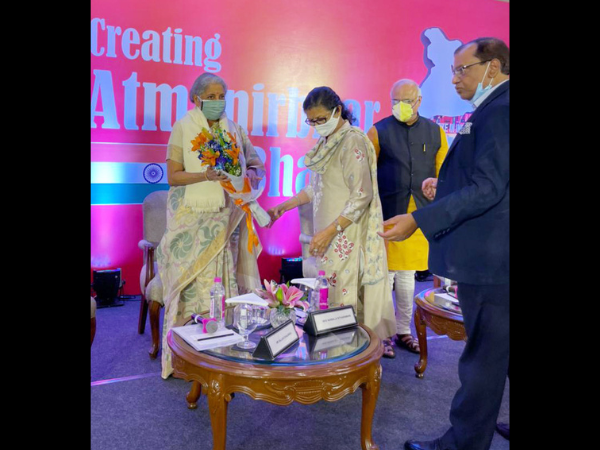
The objective of ‘Atmanirbhar Bharat’, the new India’s vision, is to make the country and its citizens independent and self-sufficient in every way. These four areas are the focus of the mission’s five pillars — which are the economy, infrastructure, system, vibrant demography, and demand.
Five stages are involved:
Phase-I: Businesses, including MSMEs
Phase-II: Poor, including migrants and farmers
Phase-III: Agriculture
Phase-IV: New Horizons of Growth
Phase-V: Government Reforms and Enablers
With the approval of the ‘Atmanirbhar Bharat 3.0’ stimulus plan by the Modi administration, the total stimulus package since the beginning of Covid-19 has reached Rs 29.88 lakh crore (£328 billion), or almost 15 per cent of the GDP. The national government has designated 12 industries, including auto components, textiles, industrial machinery, and furniture, where priority would be provided in order to make India a self-sufficient nation and a worldwide supplier, India’s commerce and industry minister Piyush Goyal announced in 2020.
There is no question that ‘Atmanirbhar Bharat 3.0’ will hasten economic recovery, stimulate employment growth through a positive feedback loop, and increase consumer spending, especially in economically distressed areas. Despite the second wave of Covid-19 , the International Monetary Fund (IMF) and the majority of international rating agencies predicted that India’s GDP would grow by between 9.3 per cent and 11.5 per cent in FY22, ranking among the highest growth rates internationally.
The significant reforms that PM Modi implemented to transform India and better prepare it for the post-Covid-19 world order could not have been or would not have been accomplished by any other leader.
The ‘Make in India’ initiative functions as both a growth and expansion plan and a foreign marketing strategy. This ground-breaking idea is credited to PM Modi. The show debuted on September 25, 2014. The major objective of this initiative is to attract investment from a wide range of international businesses and, in doing so, to promote India’s manufacturing sector and protect intellectual property.
This ambition was made a reality for the nation’s overall growth and development through the production of skilled labour. The objective is to boost India’s economy. Modi also thought about increasing youth potential and lowering unemployment by opening up additional work chances.
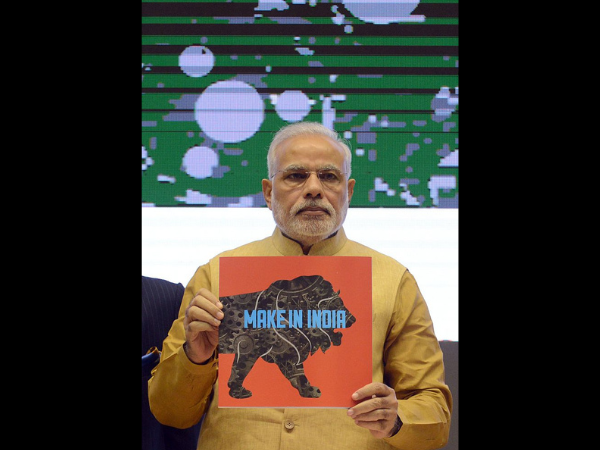
According to a US report in 2022, the ‘Make in India’ and ‘Atmanirbhar Bharat’ seek to promote domestic industry and lessen dependency on imports and international suppliers in order to boost India’s self-sufficiency. Transportation, construction, biotechnology, electronics, food processing, IT, leather, mining, oil and gas, pharmaceuticals, ports and shipping, rail, renewable energy, space, thermal power, tourism, and hospitality are all included in this set of businesses.
The ‘Make in India’ project is benefiting research, investment, MSMEs (micro-, small and medium-sized enterprises), accountability, and ease of doing business. Additionally, by removing the cascading effects of tax, the Goods and Services Tax (GST) has made the tax system easier for businesses. Financial inclusion initiatives such as the ‘Pradhan Mantri Jan Dhan Yojana’ have resulted in the opening of new bank accounts, and the “National Intellectual Property Rights Policy” was adopted in 2016 to encourage innovation and creativity throughout the country.
In the ‘Make in India’ part, it is written It should be noted that the Netherlands, up from over Rs 45,000 crore (£4.9 billion) the year before, surpassed the United Kingdom as India’s top importer, bringing in more than Rs 90,000 crore (£9.86 billion) in value.
The ‘Make in India’ initiative, in particular, introduced reforms to support domestic design, development, and manufacturing of defence equipment in the country, thereby increasing indigenous defence equipment production. These objectives include, among other things, giving the Defense Acquisition Procedure (DAP)-2020 preference when buying capital goods from domestic suppliers The ‘Make in India’ programme received a great boost when India inducted the Light Combat Helicopter ‘Prachand’ into its air force.
When evaluating the success and impact of the ‘Make in India’ campaign, Pravakar Sahoo (15 August, 2021, Deccan Herald) claimed that foreign direct investment inflow has increased and India’s ranking in the World Bank’s ease of doing business has improved from 130 in 2016 to 63 in 2021. The country’s position has also got better significantly in the World Competitiveness Index, moving from 70 in 2016 to 43 in 2021.
Achieving advancement in India’s goals and fairly evaluating their effects could take a much longer time. It will take more work to raise manufacturing’s contribution to GDP from its current level of 14.3 per cent in 2020–21 to a significantly greater one.
The Swachh Bharat Mission was first announced in 2014 and is a very ambitious national programme to eradicate open defecation; improve living conditions; ensure the safety of women; and achieve universal sanitation coverage in the country.
It is believed that the ‘Swachh Bharat Abhiyan’ would also help with effective rubbish management.
For several generations, 60 per cent of the village households in the nation lacked toilets. While the majority of them lacked it due to poverty, a small number of them—despite being wealthy—did not because of widely held misconceptions.
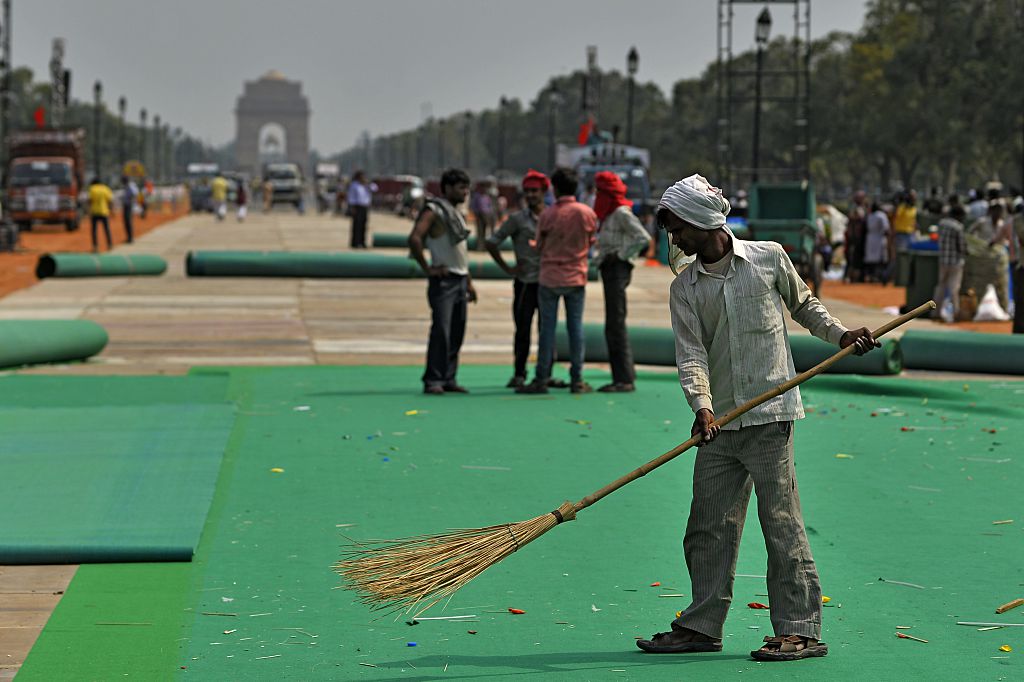
Because there were no restrooms in the house, women were the main victims because they had to go through both physical and mental suffering. Two wise strategies were used by the Modi administration to deal with this. First, the government authorised a subsidy for those underprivileged residents who lacked the means to build toilets — both financial and water resources. Secondly, PM Modi concentrated his efforts on teaching individuals who shunned the construction of toilets due to erroneous beliefs.
Because of Modi’s outreach to the populace, almost every home in the country today might have a toilet. According to a RICE Institute sanitation survey, access to bathrooms increased significantly between 2014 and 2018, significantly more than in any other state. The states of Madhya Pradesh and Uttar Pradesh saw the highest gains, at 43 percentage points and 26 percentage points, respectively.
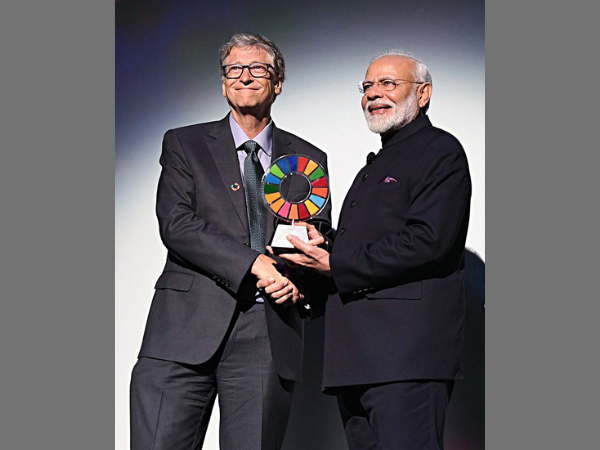
In rural India, 10 per cent of people defecated in the open, according to a nationwide survey supported by the World Bank, which revealed 96per cent of those with access to toilets used them.
According to a 2020 analysis by Ben Fox Rubin and Suruchi Kapur-Gomes for CNET, the federal government spent more than $30 billion (£27 billion) over the previous seven years to enhance sanitary conditions nationwide.
Over 100 million toilets have been constructed as a major component of this activity, particularly in rural regions where open defecation has been far more prevalent. On the other hand, according to the Modi administration’s estimate, the ‘Swachh Bharat Mission’ will have cost IEC a total of Rs 1,894.85 crore (£208 million) by the end of 2021.
There was a resoundingly high level of citizen participation to make this initiative successful. The fact that maintaining toilets is more challenging than creating them, particularly in rural India, is one of the issues.
The focus of the world has shifted from knowledge to technology. With just one click, everyone can access whatever information they might need. A solid communication platform is now required for a good governing body to effectively and directly engage with the stakeholders. Using a digital platform to communicate with everyone is the most effective way to reach the 1.3 billion people who make up the world’s largest democracy.
PM Modi introduced the programme on July 1, 2015, so that citizens could access government services online and take advantage of the newest informational and technological advancements.
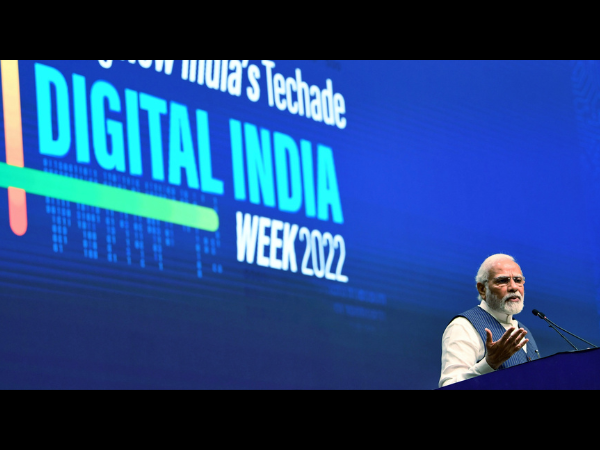
“Good administration alone is insufficient; it must be proactive and pro-people. Placing the needs of the populace at the forefront of growth is good administration,” he said. The foundation of a digital India is demand-based products and citizen empowerment. High-speed internet, mobile banking, and cloud storage infrastructure are necessary for the development of ‘Digital India’ in order to provide safe payments, the convenience of doing business, and real-time data access. These actions are necessary to improve digital literacy and encourage the general public to use digital and cloud-based services.
There are three components at the core of the ‘Digital India’ campaign — (i) the development of digital infrastructure; (ii) the provision of digital services; and (iii) digital literacy.
The programme has nine pillars — (i) Broadband highways; (ii) E-governance; (iii) E-Kranti; (v) Public internet access; (vi) Information for all; (vii) Electronics manufacturing; (viii) Information technology for jobs; and (ix) Early harvest programmes.
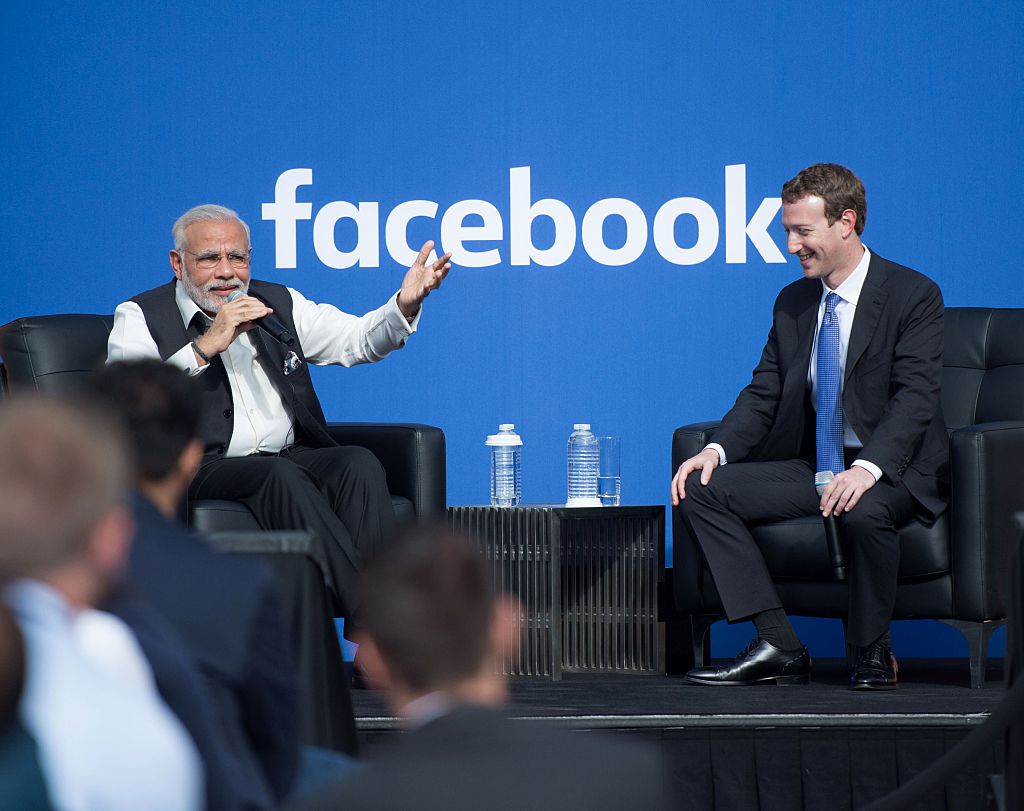
In addition to ensuring good governance for all citizens, the Indian government appears to have wished to transform India into a knowledge-based economy and a society in which individuals are empowered by technology.
In the Budget for 2022–23, the ministry of electronics and information technology (MeitY) increased spending for the Digital India programme by 67.13 percent according to a story published by the Hindu BusinessLine on February 2 this year. This year’s budget for the programme is around Rs 10,676.18 crore (£1.17 billion), up from Rs 6,388 crore (£700 million) last year.
Making India a powerful digital economy has advanced significantly under the Modi administration. The number of digital enterprises has increased because, in the words of PM Modi, “Digital India has provided amenities that were previously only found in major cities to distant districts.”
To connect every citizen to the Internet as part of the Digital India initiative, India would need to spend up to $1.13 trillion (£1.01 trillion) over the next three to five years.
Given that India currently has more than 80 crore internet users, 133 crore (1,330 million) Aadhar cards, more than 75 crore (750 million) cell phones, 4G, and is rapidly moving toward 5G, many experts and observers say that the Digital India programme has been quite successful thus far. Furthermore, according to Nandan Nilekani (chairman and co-founder, Infosys and Founding Chairman of UIDAI (Aadhaar), “Digital India has been a spectacular success.”
Citizens now have access to crucial digital government services through this programme. This not only increased the accessibility and transparency of social transfers, but it also helped individuals in need of money. MeitY reports that India made digital payments worth Rs 7,422 crore (£814.3 million) at a 33 per cent annual growth rate in FY 2022.
For the first time in India, features such as JAM Trinity (Jan-Dhan-Aadhar-Mobile) are available. As a result, it is widely believed that Digital India has achieved great success.
The societal impact of digital transformation is a hot topic of discussion among policy-makers, economists, and business executives. Concern about how digitization is influencing topics like jobs, wages, inequality, health, resource efficiency, and security is growing as it fundamentally alters society.
The Modi government has been working to overhaul the education system quickly through the implementation of new education policies, with a concentration on elementary, higher, and medical education. This is demonstrated by the existence of about 23 IITs (Indian Institutes of Technology) and 20 IIMs (Indian Institutes of Management) nationwide as of now.
To close the education gap, several new colleges and institutions have launched, particularly in underdeveloped areas. For instance, India had 723 institutions in 2014; by the middle of 2022, that number will have risen to 1,050. The rankings of the world’s universities now position Indian universities and institutions higher.
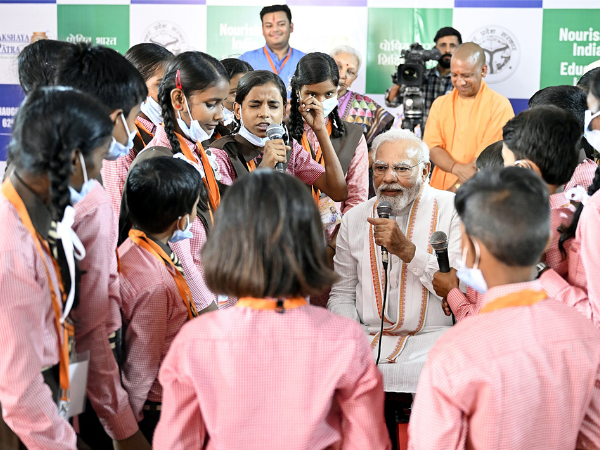
The primary education system has been improved during the past eight years with the goal of preparing children for the 21st century. From 2015 to 2020, the total number of girls enrolled in higher education climbed by 17 per cent, assisting in the realisation of the program’s vision of ‘Beti Padhao, Beti Bachao’ (Educate Your daughter, Save Your Daughter). The emphasis is also on the masses of educated people to increase their abilities. In addition, infrastructure amenities have been expanded in colleges and universities.
The standard of medical education has also been rising quickly at the same time. The operations of six more AIIMS (All India Institute of Medical Sciences) have already started, and 16 more are scheduled. To improve accessibility, post-graduate seats have grown by 80 per cent, while MBBS (Bachelor of Medicine, Bachelor of Surgery) seats have grown by more than 50 per cent.
The Modi administration has devoted eight years of its time since 2014 to fostering the development of the underprivileged and disadvantaged groups in society. Social justice, equality, respect, and equal chances for all citizens are the main goals. PM Modi wants to provide every Indian with the tools they need to defeat poverty.
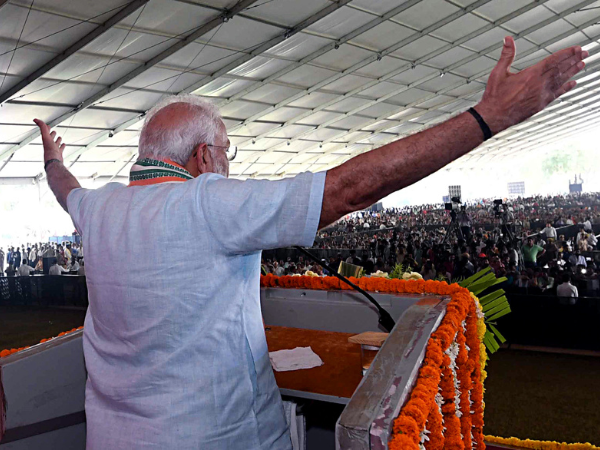
Under PM Modi’s leadership, numerous welfare initiatives have been launched. He actively helped the disadvantaged with his methods and initiatives.
For economically disadvantaged sections, his government has set aside 10 per cent of the seats (general category).
Some of them are: The ‘Pradhan Mantri Jeevan Jyoti Bima Yojana’ (PMSBY) and ‘Pradhan Mantri Suraksha Bima Yojana’ (PMJJBY) are two schemes launched in 2015 by the Modi government that aim to provide affordable insurance and security to people.
Besides, there are: ‘Sansad Adarsh Gram Yojana’ (SAGY), ‘Gramoday se Bharat Uday’ (GBU), ‘Pradhan Mantri Garib Kalyan Anna Yojana’ (PMGKAY), ‘Prime Minister Jan Dhan Yojana’ (PMJDY), ‘Garib Kalyan Rozgaar Abhiyaan’ (GKRA), ‘Atal Pension Yojana’ (APY), ‘PM Ujjwala Yojana’.
It should be noted that a leader is crucial to the success of any form of advancement that a nation makes. Prime minister Modi has dedicated his life to helping the poor citizens. But citizens play a significant part in society. A country can only advance and achieve new heights with the participation of its people in such plans and initiatives. While PM Modi may still have a tonne of ideas that need to be implemented, the success of such plans strongly relies on the public’s engaged participation.
By 2024–2025, India could have a $5 trillion (£4.5 trillion) economy and be a worldwide superpower, prime minister Modi predicted in 2019.
India’s economy is presently worth $3.3 trillion (£2.97 trillion).
In light of the growth in GDP and India’s relative advantage over other emerging countries, former chief economic adviser Anantha Nageswaran, predicted that India will reach $5 trillion in GDP by 2026–2027 and $10 trillion (£9 trillion)by 2033–2034.

Many experts believe that in order to achieve the aforementioned goal, it is essential to boost investment, boost productivity, achieve higher-level health and educational outcomes, create jobs, boost agricultural productivity, maintain macroeconomic stability, manage major global trends, and enhance governance.
According to former Reserve Bank of India governor D Subbarao, assuming the GDP increases at a nine per cent rate for five years, India’s economy might reach $5 trillion by FY29.
Women are thought to have had a significant impact on Indian history and culture. Women have exerted tremendous power and decisiveness to shape narratives in all roles. Experience has shown that women contribute more important ideas to the formulation of policy.
Therefore, women’s empowerment has been the cornerstone of Modi’s policymaking, and they are now being handed responsibilities that they can handle. Women currently make up about 35.5 per cent of the whole Modi cabinet.
The greatest democracy in the world is being led by Droupadi Murmu, India’s first president of tribal origin. The first full-time woman finance minister in the country is economist Nirmala Sitharaman. The northern state of Uttarakhand’s assembly is currently presided over by Ritu Khanduri Bhushan.
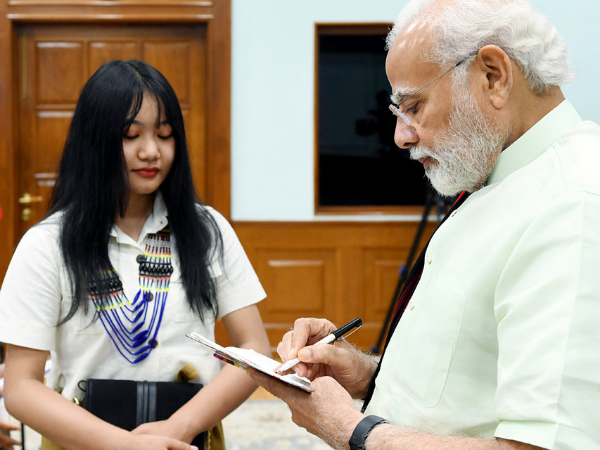
According to Section 149(1) of the Companies Act, which governs the corporate sector, a specific class of firms must have at least one female director on their board.
The percentage of women in senior management for India was found to be 39 per cent (ranked third), compared to the global average of 31 per cent, according to a 2021 poll conducted by the consulting firm Grant Thornton. This finding indicates a shift in how Indian firms view working women.
There have been sustained attempts to ensure meaningful representation across professions and the empowerment of women at the lower rungs of the social ladder. In the Indian Air Force, three women were inducted as fighter pilots in 2018.
In order to improve the competence, capability, and skills of the Elected Women Representatives (EWRs) of Panchayats in village government and administration, the ministry of women & child development developed a national training programme.
Women currently have positions in the military and police, making a substantial contribution to the internal and external security of the country. As of today, there are about 14 schemes implemented in India for benefiting women and improving their empowerment:
More than 81 per cent of account holders are women under the Stand Up India scheme, while under the MUDRA scheme, 68 per cent of loan accounts belong to women entrepreneurs. Furthermore, under the PMJDY scheme, 23.21 crore (232.1 million) accounts out of 41.93 crore (419.3 million) accounts belong to women. These successful businesswomen are India’s social advocates for empowering women. They are not only financially independent, but they are also in a position to support other women by giving them employment opportunities.
According to the claims, women own 75 per cent of the homes under the Pradhan Mantri Awas Yojana.
Perhaps never before have women received such a high level of social security. In the first term of the Narendra Modi administration, the slogan ‘Beti Padhao, Beti Bachao‘ reached a crescendo as the prime minister highlighted the initiatives to deter female foeticide and empower women.
Women’s empowerment has been a major theme of succeeding governments. Are women today in a better social and financial position than they were under previous governments?
The ‘triple talaq’ system (divorce system) has been outlawed to protect women’s rights. Female literacy has increased overall to a level of 71.2 per cent in 2021.
The administration of Modi has pledged to completely break with the past and implement a government devoid of corruption. No one should question Modi’s commitment to accomplishing this aim, as he promised to ‘Na Khaunga, Na Khane Doonga‘ (neither will I engage in corruption nor will I allow) when he swept to power in 2014.
By making governance more accountable, transparent, and effective, the Modi administration has caused a paradigm shift.
According to those who hail from the corridors of power, corruption in the highest levels of government has decreased. The Modi administration is looking closely at public servants accused of corruption and is removing corrupt bureaucrats as part of its efforts to uphold high standards and honesty.
India was ranked 85th out of 180 nations in the Corruption Perception Index of International Transparency for 2021. India was 94th on the list in 2013. Even though there are several laws addressing corruption, socioeconomic considerations make it difficult to totally eradicate corruption in a huge country like India.
However, things are changing for the better as a result of the ongoing efforts by government organisations to provide clean governance.
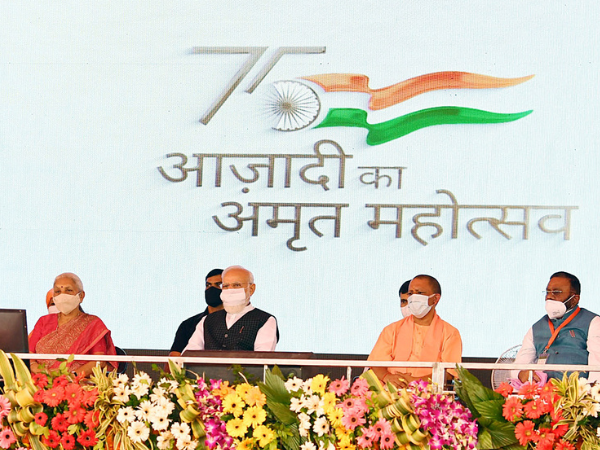
PM Modi has occasionally said, “Terrorism poses a severe threat to future generations.” National security is firmly under the control of the Modi administration.
In light of this, it appears that the Modi government has chosen a comprehensive strategy to forcefully combat external security challenges to India, whether they originate from neighbouring countries or not.
It has increased military might by arming the armed forces with cutting-edge weapons and raising the defence budget.
Additionally, by producing locally and reducing reliance on imports for defence needs, the ‘Make in India’ programme helps India achieve self-sufficiency in this area.
Indian home minister Amit Shah introduced a bill on August 5, 2019, that repealed Article 370 of the Indian Constitution that had granted Jammu and Kashmir (J&K) a special status and recognised Ladakh and the state of J&K as two Union Territories. This move by the Modi administration has substantially assisted in re-establishing normalcy by curbing terrorism, instilling peace in the Valley, and accelerating economic growth in J&K.
The long-running Ram temple dispute in Ayodhya is claimed to have been resolved peacefully, thanks to prime minister Modi’s great wisdom. A court decision provided the solution to this. In Ayodhya, construction on the Ram Mandir has been in full swing.
Under PM Modi’s direction, a special programme called ‘Azadi Ka Amrit Mahotsav’ was launched in March 2021 to mark India’s 75th anniversary of Independence and to mark this momentous occasion nationwide. The substantial contributions made by the nation’s unsung heroes were highlighted by this ground-breaking initiative.
In his eight years in power so far, Modi has been able to ensure that the government and his party gained the public’s trust by a wider margin because of his undeniably strong leadership.
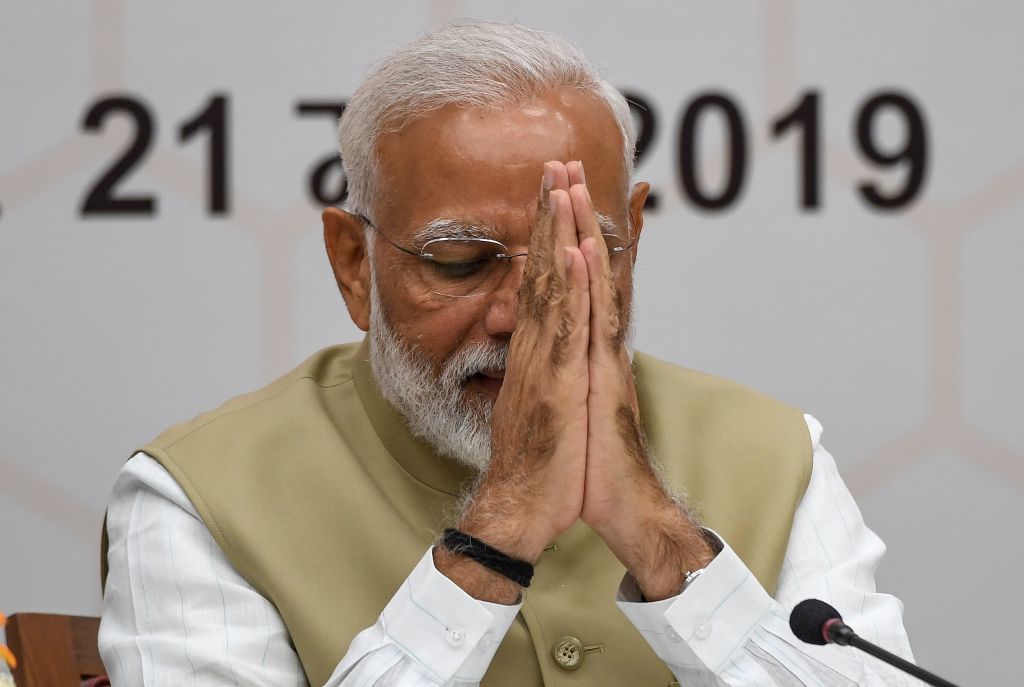
The last three years of government during the second term have been full of difficulties on the political, security, and, economic fronts that were overcome due to Modi’s unwavering and resolute leadership, which has helped the nation reach new heights.
The high achievements are noted related to the nationwide vaccination programme in the tough times of Covid-19; tackling external and internal threats to national security, particularly smashing terrorism coming in from neighbouring countries; successfully implementing various welfare schemes for economically weaker sections (42 crore or 420 million bank accounts were opened for them); directly transferring funds to the bank accounts of farmers; a scheme that provides affordable housing to all; great success in the Swatchh Bharat mission; empowering women and inducting them in important portfolios; improvement in public services through Digital India; achieving strides in Make in India; and a fast and determined move to achieve Atmanirbhar Bharat, revoking article 370 and successfully resolving the centuries-old Ram temple issue.
These strategies and actions are fostering an increasing number of new businesses, which is resulting in some job possibilities. Last but not least, many analysts agreed that the introduction of the GST and the revision of tax rules increased government revenue by many times by bringing millions of enterprises into the tax system.
India still needs to make significant progress before being classified as a developed nation, but in the last eight years, the Modi administration has already built a strong foundation for attaining that objective. During the eight years that his government has been in power, he has changed the nature, scope, and definition of politics.
Without a doubt, prime minister Modi is an innovative, strategic thinker and leader who only values success and action.
The author is a former professor of Accounting and is currently the editor-in-chief of International Journal of Auditing and Accounting Studies. The views expressed in this write up are those of the author’s own and they do not reflect the views of any other individual or institution. He is thankful to Prof Tariq H Ismail, Egypt, and Vikrant Joshi, Australia, for their support and encouragement.
![]()